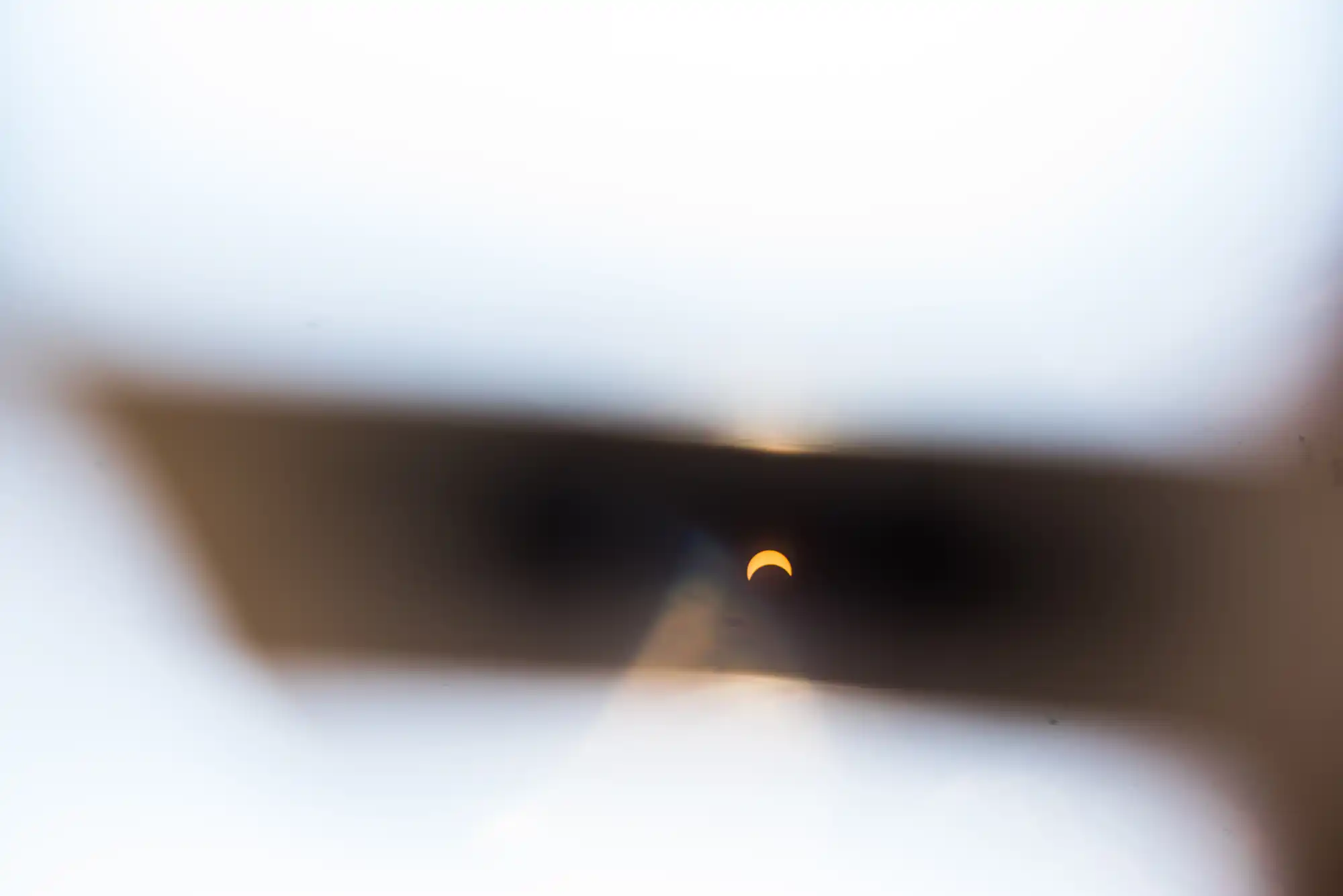Editor's note
Today, hidden in our daily lives of a technology-driven society that pervades everything we do, from communication, work, social networking, transportation, and entertainment, we often forget how reliant we are on nature. We usually only think about it if a disaster threatens our food supply or daily living.
Yet, we have all seen how nature can be both bountiful and foreboding, and indeed, our discussions on climate change and global warming take on greater significance. We still tremble at earthquakes, volcanic eruptions, hurricanes, and tornadoes. However, we have come a long way in being better prepared through satellite imaging, evacuation procedures, and emergency responses.
But can you imagine in ancient times when the power of the moon and sun, the two giant figures in the sky that you could not miss, changed? Or when a natural disaster struck out of nowhere?
Then, there was no hiding in technology. You lived off the land, and you were struck with fear or awe when something threatened that life. Early on, they became pretty good at knowing the seasons and figuring out the solstices.
Ancient Calendars: Tracking Time with the Sun & Moon
Interestingly, while these ancient civilizations did not have uniform calendars, the importance of the sun and the moon is evident.
Several different ancient calendars exist, including solar-based, moon-driven, a combination of both, and a unique Egyptian system using the stars. These early civilizations sometimes used more than one calendar.
Around 2000 BC, Egyptians may have been the first to create a solar calendar. Interestingly, it focused on “Sirius reappearances in the eastern sky, coinciding with the Nile River flooding.”
From the beginning, though, getting this whole 365-day thing correct was a problem due to the oddity of the cycle, as we evidenced this year with the “leap year.” Several notable historical figures tried to fix this, including Julius Caesar with his “Julian calendar.” According to the blog, the most often used solar calendar today is based on Pope Gregory XIII (1502–85) 's Gregorian calendar.
Although the Sumerians may have been the first to develop a lunar calendar, they were only one of many who used this framework. The Islamic calendar is still active today. In lunar calendars, the “synodic month “lasts less than 30 days, and a year ends after 354 days.
Ancient China used the “lunisolar system,” where each month starts with the “new moon.”
The classic Greek civilization, well, they got into the lunar phases, solstice and star tracking by using multiple calendars!

Cultivating Connection Through Ancient Rituals
All fun aside, early civilizations were agricultural, and knowing the cycles of the seasons was critical to their survival, not only for food but also for military campaigns, when to travel trading routes, and more.
This importance led to a series of food and religious rituals based on the sun and moon cycles. Offerings to the “gods” to bless their seasons were made, and different cultures worldwide created various celebrations, fastings, and other rituals.
Interestingly, while ancient civilizations in the far corners of the world are believed to have not known each other, many developed similar concepts.
And the food and spirits offered during these important calendar cycles of the sun and the moon—well, come and stay with us, sample a few, and learn of their history, myths, and legends! Oh yes, while you watch the eclipse from our picturesque beach as the sun and moon meet near our majestic St. Regis Mountain range, which shares its own moon and sun lore with similar mountain ranges worldwide, we’ll talk about that too!
So, you can imagine the myths and legends that occurred when a rare event like a total eclipse occurred in early history!
Special Solar Eclipse Getaway Package
The center of the total eclipse on April 8th will be over our heads, appropriate for the special experiential packages we’re famous for!
So we cooked up something special—literally—for an event that has not happened in the Adirondacks since the 1800s, coincidentally when our family built the Lodge.
And the next one? Well, I don’t think I’ll be here for that one!
So we brought out the best of what we offer with fun activities leading up to and following the eclipse, including:
- Special lodging rates
- Immersive food experience so you do not have to drive anywhere, including our famous Adirondack Alps brunch each day and a range of dinner options, including our Speakeasy Dinner one evening, and a special Myths, Legends & Rituals: Ancient Foods of the Eclipse Tasting Dinner following the eclipse.
- Add-on to your experience with a unique History of Tonics: Ancient Spirits of the Eclipse Tasting & Workshop.
We hope to see you there!
Click here to learn more about our Solar Eclipse Getaway Package.



